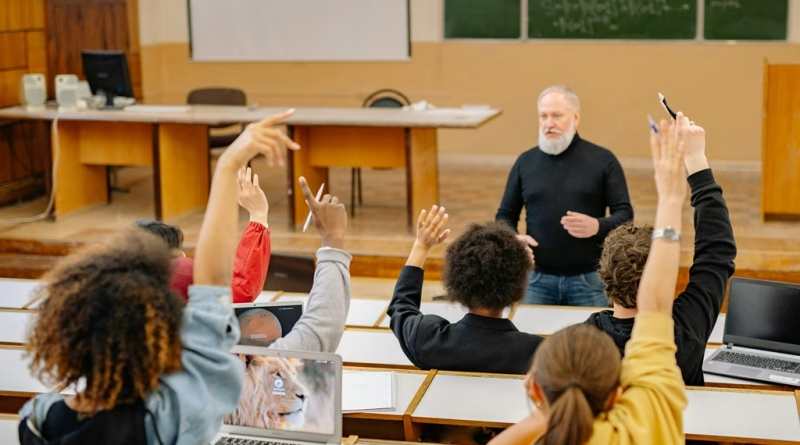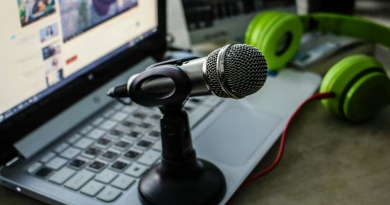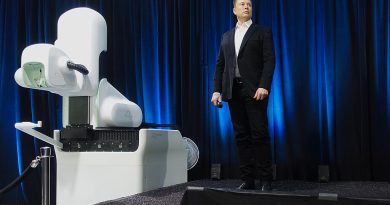The Role of Tech in Modern Education: Tools for Students and Teachers
For generations, the core components of the classroom were static: a blackboard, textbooks, and a teacher at the front of the room. Today, that classroom has been completely rewired. Technology is no longer a novelty or an afterthought; it has become a fundamental and indispensable part of the educational experience for both students and teachers.
The shift, accelerated by the pandemic and now supercharged by AI, has moved beyond simply putting laptops in classrooms. Modern educational technology is creating more personalized, collaborative, and efficient learning environments. From AI tutors to augmented reality labs, here’s a look at the critical role tech is playing in education in 2025.
Tools for the Modern Student
For students, technology has broken down the walls of the traditional classroom, offering tools that cater to individual learning styles and paces.
- Personalized Learning Platforms: The “one-size-fits-all” lecture is fading. Platforms powered by AI can now assess a student’s individual strengths and weaknesses and create a customized learning path. If a student is struggling with algebra, the platform can provide extra practice problems and video tutorials on that specific topic, while allowing another student who has mastered the concept to move ahead. This ensures no one gets left behind or held back.
- Collaborative Digital Workspaces: Gone are the days of huddling around a single poster board for a group project. Cloud-based tools like Google Workspace and Microsoft 365 allow students to collaborate on documents, presentations, and spreadsheets in real time, from anywhere. Digital whiteboarding tools like Miro or FigJam provide an infinite canvas for brainstorming and mind-mapping, fostering teamwork and creativity.
- Immersive Learning with AR and VR: Abstract concepts can now be brought to life. With Augmented Reality (AR), a biology student can point their tablet at a textbook page and see a 3D, beating human heart appear on their desk. With Virtual Reality (VR), a history student can take a virtual field trip to ancient Rome. These immersive experiences create a deeper, more memorable understanding of complex subjects.
Supercharging the Modern Teacher
For teachers, the goal of technology is not replacement, but empowerment. The right tools can automate tedious administrative tasks, freeing up teachers to do what they do best: inspire and mentor their students.
- The AI Teaching Assistant: This is the biggest game-changer for educators. AI tools can now handle the most time-consuming parts of the job. They can help create lesson plans and generate customized quiz questions in seconds. They can automate the grading of assignments, providing instant feedback to students while saving the teacher hours of work. This allows educators to spend more one-on-one time with students who need extra help.
- Data-Driven Insights: Modern learning management systems (LMS) provide teachers with a real-time dashboard of student progress. A teacher can instantly see which students are excelling, which are struggling, and which specific concepts the entire class is having trouble with. This data allows for timely interventions and a more responsive approach to teaching.
- Access to Infinite Resources: Teachers are no longer limited to the approved textbook. They can pull from a vast online library of educational videos, interactive simulations, academic journals, and expert guest lectures from around the world to create a richer and more engaging curriculum for their students.
The integration of technology into education is not without its challenges, including issues of digital equity and the need for proper training. However, the trajectory is clear. Technology is transforming the classroom from a static place of information delivery into a dynamic, personalized, and collaborative learning ecosystem, empowering both students and teachers like never before.




